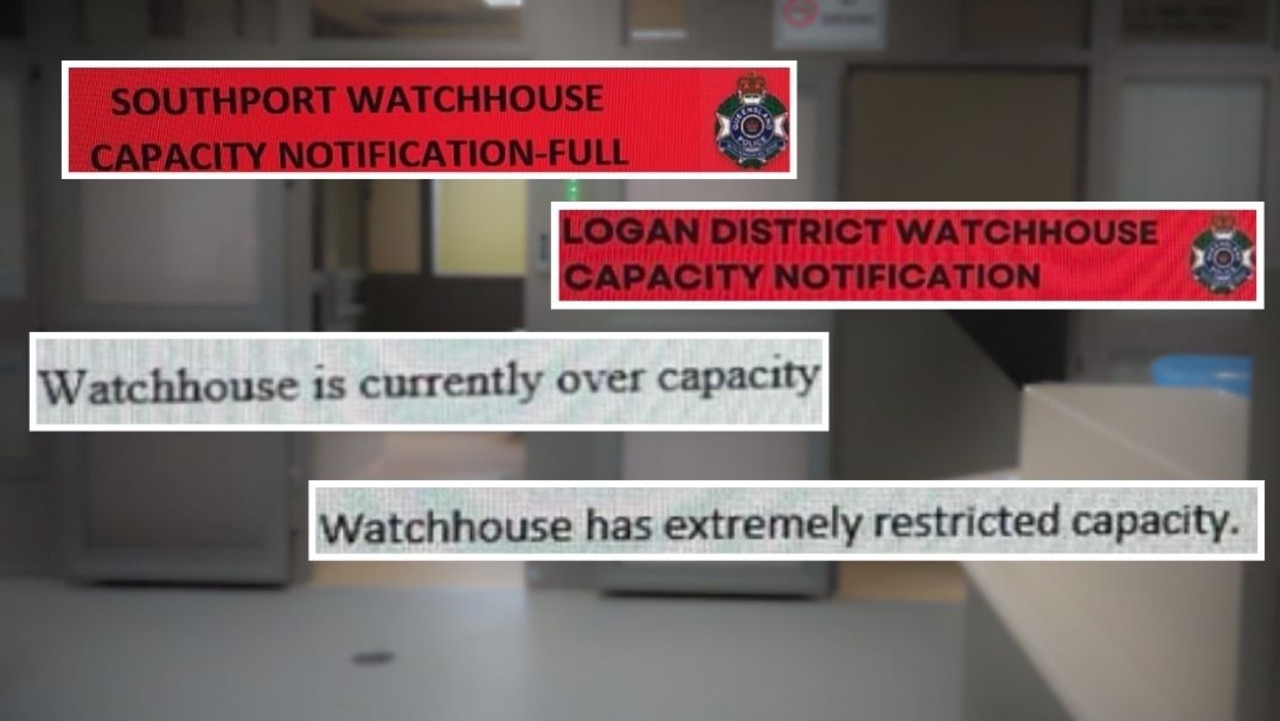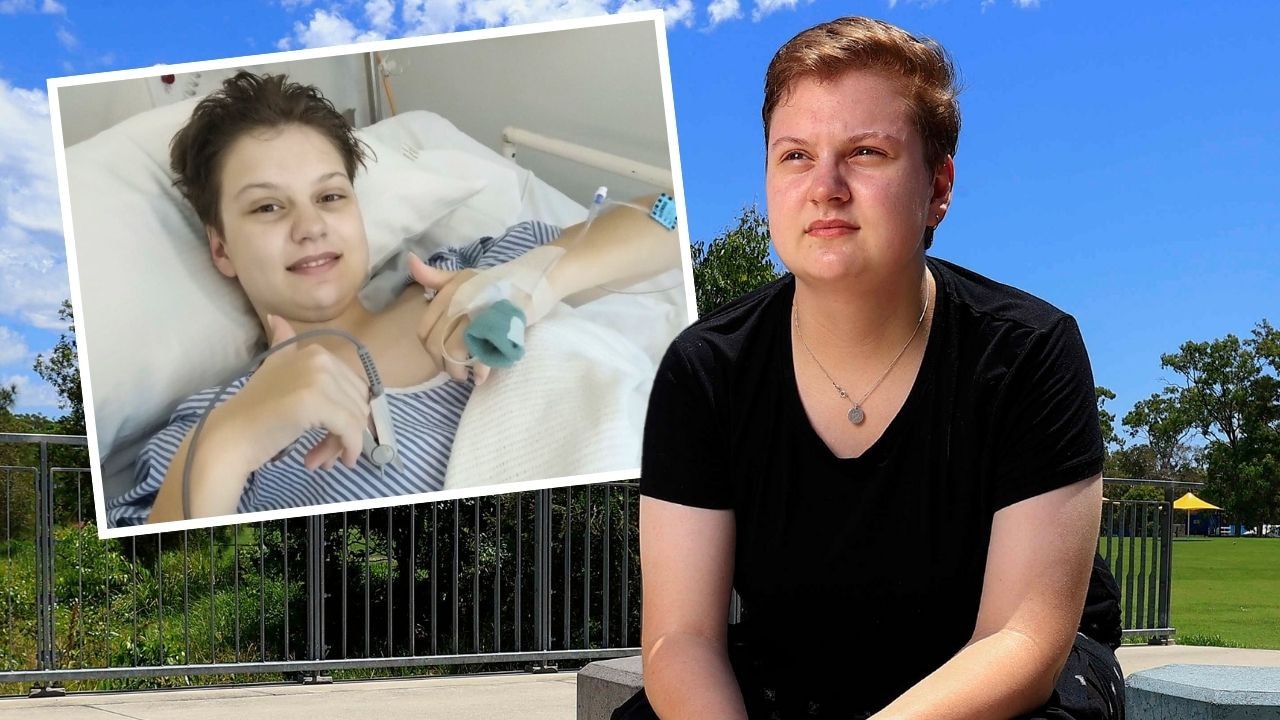Brisbane’s oldest cemeteries offer peace of a different kind
THEY may not be the living centre of our city but Brisbane’s cemeteries offer a unique glimpse into our past.

News
Don't miss out on the headlines from News. Followed categories will be added to My News.
WE use them for dog walking and for jogging, for long ambles in relative quietness and as outdoor sculpture parks.
Brisbane’s oldest cemeteries are now recreational places, where few burials are performed and where residents go to appreciate some space.
They are valuable swathes of greenery, although they are almost all tucked alongside big ugly noisy roads.
But their fortunes wax and wane – they get neglected, overgrown, vandalised, spruced up and then neglected again.
Four of Brisbane’s biggest cemeteries emerged during a sort of cemetery boom from the 1860s to the late 1870s – Toowong, Dutton Park, Balmoral and Lutwyche.
There are others larger and smaller, newer and older but those four seem to have become de facto recreational grounds for residents.
Some are so enormous, like the lovely Toowong Cemetery that keeping all those grand hills and hidden valleys pristine at the same time would be impossible – and some of the charm of the place would be lost if it weren’t for the odd thicket of trees, obscuring long-forgotten graves or even growing straight up out of them.
Toowong has recently been through another round of restoration with keen volunteers uncovering lost headstones and spiffing up others.
Toowong suffers from its proximity to the western freeway and has had to be monitored closely as the new Legacy Way tunnel is burrowed underneath it.
Take a stroll up its grandest hill today – where the most ostentatious of the spires are located, marking the resting places of state governors and other early officials, and you’ll find a carefully cleaned and resorted space, with a fabulous view of the city.
But The Courier-Mail archives reveal even that exalted spot has had its periods of weed-covered neglect over the decades.
The grave of Sir Anthony Musgrave, the colony’s governor who died in 1888 seems to have held a particular fascination for the newspaper over the years.
In 1938, likely for the 50th anniversary of his death, it was photographed surrounded by dry earth and weeds that look a lot like what are commonly called cobbler’s pegs.
By 1950 the situation was worse, with the grand plinth marking his grave completely swamped. But in 1952 some photographer was able to record a relatively clear plot with a hint of what could be grass visible.
Why the paper visited the grave so often isn’t recorded – perhaps it was just a handy touchstone to chart the progress of the cemetery.
Toowong is probably marginally better off than the Dutton Park cemetery, bordered on one side by a screaming main road, but on the other by the river.
Ambling down its slopes provides one of the loveliest experiences in the city. But the records reveal the grounds have been regularly overgrown by marsh plants, including reeds and there’s nothing that can ever stop that.
Balmoral sits high on a hill, Lutwyche on relatively flat ground, but both are peppered with wonderful, florid memorials that would never be allowed in today’s austere new cemeteries – angels, cherubs and sleeping babies, marble wreaths of flowers and all manner of religious iconography.
Major vandalism is recorded in every cemetery in every decade since around 1930. From around the late 1970s most of the big cemeteries had volunteer “friends” groups offering guided tours – the ear of treating them as places to be avoided was ending.
There is a handful of new graves at Toowong, most displaying the same sense of providing remarkable memorial architecture visible in the rest of the grounds – a table and chairs set for a child’s picnic, a wave of glass.
Brisbane’s earliest cemetery is the victim of the worst neglect of all. It’s just a traffic island.
It’s that round greenish park with the fenced off non-working fountain that sits at the end of Roma Street, just near the entrance to the William Jolly Bridge.
It’s the Skew St cemetery and was established in 1825.
There were earlier burials, probably further east toward the main colony but Skew St was the first mandated cemetery.
The graves are gone now, removed first to the Paddington Cemetery and then to Toowong. Paddington is almost all lost now but what’s left of it, tucked behind Suncorp Stadium, is one of Brisbane’s great hidden treasures.
Skew Street isn’t overgrown or vandalised. Thousands of people drive past it every day, fire engines scream out of the station over the road, and backpackers check their maps there.
But few of those people passing ever realise all the heartbreak that must have been shed there in the early day of this settlement.


